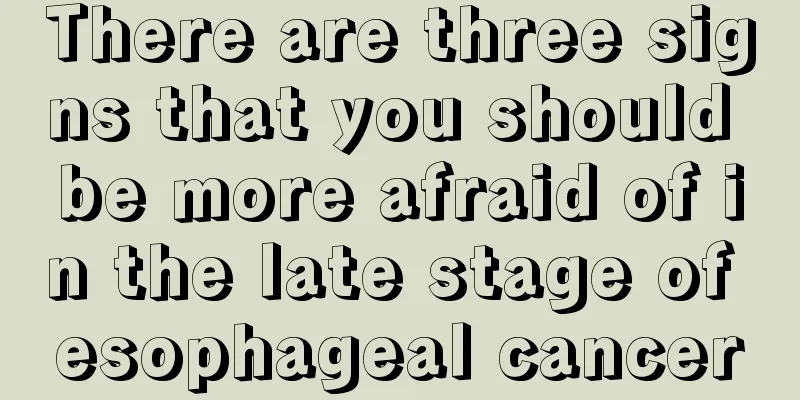What are the characteristics of small cell lung cancer

|
What are the characteristics of small cell lung cancer? This disease has a great impact on patients and their families. In severe cases, breathing is very difficult, so it is necessary to check and treat as soon as possible after the onset of the disease. So, today we will learn about the characteristics of small cell lung cancer! 1. Cough. Cough is a very common symptom in our daily life. However, it is not known that early symptoms of small cell lung cancer can also include cough. Small cell lung cancer grows on bronchial lung tissue, which usually causes respiratory irritation symptoms and irritating cough. 2. Low fever. Small cell lung cancer can also cause asthma and low fever symptoms. When the tumor blocks the bronchus, there is often obstructive lung lobe. The degree varies. Mild cases only have low fever, and severe cases have high fever. The condition may temporarily improve after taking medicine, but it will relapse soon. 3. Chest pain. Chest pain is also one of the main symptoms of small cell lung cancer. Early chest pain is mild, mainly manifested as dull pain, dull pain, uncertain location, and uncertain relationship with breathing. If the pain persists, it means that the cancer may involve the pleura. 4. Blood in sputum. The most serious symptom of small cell lung cancer is blood in sputum, which makes patients panic. When tumor inflammation causes necrosis and capillary damage, there will be a small amount of bleeding, which is often mixed with sputum and appears intermittently or intermittently. Many lung cancer patients seek medical treatment because of blood in sputum. The treatment of small cell lung cancer is mainly chemotherapy, which can be combined or sequentially with radiotherapy. For less than 5% of early-stage patients limited to the lung parenchyma, surgical treatment is considered. Limited-stage SCLC is mainly treated with synchronous chemoradiotherapy or chemotherapy and radiotherapy sequentially. Synchronous chemoradiotherapy is better than sequential treatment. Synchronous chemoradiotherapy should be performed as early as possible, and preventive whole-brain radiotherapy should be given. Preventive whole-brain radiotherapy has significant benefits for survival. Extensive-stage SCLC is mainly treated with chemotherapy, and local or metastatic lesions are treated at an elective time. Patients should eat a light diet during chemotherapy, avoid greasy, indigestible and fried foods. Eat more fresh vegetables and fruits, eat small meals frequently, and combine foods reasonably, diversify the diet, and eat a balanced diet. During the intervals between radiotherapy and chemotherapy, pay attention to avoid fatigue, rest, and regular work and rest to avoid infection. |
<<: What are the symptoms of small cell lung cancer
>>: What causes small cell lung cancer
Recommend
What are the common hazards of hamartoma
Any disease will threaten human health. It will n...
Can lung cancer patients take Pien Tze Huang
Can I take Pian Zai Huang if I have lung cancer? ...
What to do if a child has a stuffy nose at night
In life, we will find that many children often ha...
What are the symptoms of ankylosing spondylitis
Ankylosing spondylitis is also known as ankylosin...
Normal heart rate age
We all know that people at different stages of th...
What are the effects of black tea, honey and ginger
Many friends are accustomed to adding some honey ...
The difference between skin tags and flat warts
In real life, people may misidentify diseases due...
Can brain cancer be cured?
Brain cancer is a malignant tumor that grows insi...
What are the disadvantages of riding a bicycle
What are the disadvantages of riding a bicycle? W...
How to make cute buns
People who have children at home should know that...
How to treat swollen lymph nodes in the jaw
The treatment of swollen lower lymph nodes should...
Ways to prevent influenza
Flu is the abbreviation of influenza. I believe e...
What is the menopausal status of breast cancer
Some drugs for treating breast cancer are only su...
How to treat gastric bile reflux? Diet conditioning has good effects
Patients with gastric bile reflux can usually all...
How to quickly remove spots and melanin
The melanin on the body can have a great impact o...









